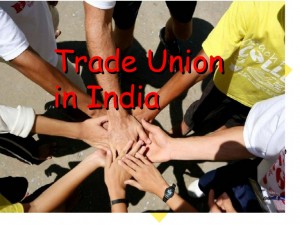Whenever there is a conflict, 4 kinds of people emerge out:
- Competitors – people whose primary motive is doing better than others; beating them in open competition.
- Individualists – people who care almost exclusively about maximizing their own gain and they do not care whether others do better or worse than they do.
- Co-operators – people who are concerned with maximizing combined outcomes, getting as much as possible for their team.
- Equalizers – people who are primarily interested in minimizing the differences between themselves and others.
There are two kinds of conflicts:
- Functional – positive conflict that allows people to think better; supports the goals of the group and improves its performance.
- Dysfunctional – the conflict that hinders the group performance
The various stages of the conflict process are:
- Potential opposition or incompatibility
- Cognition and personalization
- Intentions
- Behavior
- Outcomes
The graph for dimensions of conflict handling intentions can be plotted between assertiveness and cooperativeness.
The five behaviors that exist are:
- Avoiding – assertiveness – low, cooperativeness – low
- Accommodating – assertiveness – low, cooperativeness – high
- Compromising – assertiveness – moderate, cooperativeness – moderate
- Compelling – assertiveness – high, cooperativeness – low
- Collaborating – assertiveness – high, cooperativeness – high
Conflict can occur within an organization if there are disagreement and inconsistency between the two parties involved in the conflict. Conflicts can be based on interpersonal relationships, on the processes that one follows to accomplish various tasks, etc. They can occur due to poor skills, weak relationships, frustrated needs, unequal power, disputed rights, conflicting interests, etc. Conflicts should be avoided as much as possible but if a conflict occurs, mediators, arbitrators, equalizers or healers are needed to resolve them. Negotiations and bargaining can also help to resolve them.
- Negotiation – it is a process in which two or more parties attempt to resolve a specific issue.
- Bargaining – it is an integral part of the negotiation. Terms and conditions are negotiated.





15 Comments. Leave new
Good job@ divya..Very well explained!
Informative
Amazingly written..well done
Very well explained. Best part- It explains in a simplified manner!
Very well explained. Best part- It explains in a simplified manner! 🙂
Simply awesome.
Good concept..well written..
very informative article!
Informative and GOod Points “D
Explained really well.
Nice article!
Good points!
Good article!
great…
A conflict arises when individuals have varied interests, opinions and thought processes and are just not willing to compromise with each other. It is always wise to adjust to some extent and try to find a solution to the problem rather than cribbing and fighting.